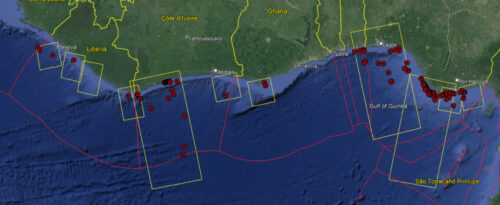Researchers leverage satellite data, machine learning, and human rights expertise to develop model that determines risk of forced labor on fishing vessels
In 2016 our research group at the Environmental Market Solutions Lab (emLab) was collaborating with a team of fisheries scientists and economists to better understand the economic rationale behind fishing on the high seas. The high seas – areas of open ocean beyond the territorial jurisdiction of any nation – are generally considered high-effort, low payoff fishing grounds, yet fishers continue to fish these areas anyway.
After using Global Fishing Watch (GFW) data to examine high seas fishing effort—its costs and benefits, and assessing when, where, or whether it makes sense economically—our colleagues found that high seas fishing is an almost entirely unprofitable endeavor. This was the case even when accounting for government subsidization of fisheries.
Despite this apparent absence of payoff, fishing on the high seas continues to occur, suggesting that this activity is being financially supported beyond just government subsidies. One potential explanation for why these vessels continue to fish this way is low labor costs – or no labor costs. This got us thinking that perhaps the reason high seas fishing is so common is because some vessels are being “subsidized” through the use of forced labor. Defined by the International Labour Organization as “all work or service which is exacted from any person under the menace of any penalty and for which the said person has not offered himself voluntarily,” forced labor has been widely documented in previous investigative journalism and NGO reports, although the extent of the problem remains largely unknown.
Eager to investigate this theory, we brought the idea to GFW, who at the time was serendipitously exploring work with the Walmart Foundation on supply chain transparency – improving accountability by ensuring that seafood products can be traced at every point in the production process, from ocean to market. The timing was right and our collective group was well-suited to tackle the question of whether we could say more about how forced labor is being used in fisheries.
Laying the groundwork
At emLab, our expertise lies at the intersection of natural sciences and economics, with the goal of identifying market-based solutions for equitable environmental outcomes. Our original idea for this project was to take an economics-based approach, focusing on the subsidies aspect, but as the project evolved, we realized that we would need to reevaluate our initial approach. We required outside expertise to adequately address this complex and highly sensitive issue.
Our breakthrough came once we identified the key question that drove this project: What if vessels that use forced labor behave in observable, fundamentally different ways from vessels that do not?
And so we pivoted to a machine learning approach. By using GFW satellite monitoring data to observe vessels that have reported incidents of forced labor, we identified commonalities in their behavior and then looked for those same patterns in other vessels to try and pin down other potential forced labor offenders.
Google’s machine learning data scientists were invaluable to developing this approach, advising us on the appropriate machine learning techniques and algorithms which we would eventually use to address this question. But, before we could dive into the analysis, we needed to know what vessel behaviors might indicate the presence of forced labor
We invited Liberty Shared, an anti-human trafficking NGO, to give us a crash course on the topic of forced labor in fisheries. Forced labor is, unquestionably, a human rights issue, so enlisting their expertise was integral in helping us understand what kinds of data we would need to examine. After working with them to determine what kind of vessel behaviors might indicate a potential risk of forced labor, they introduced us to experts at Greenpeace, the Environmental Justice Foundation, and others who helped us refine our list of risk indicators. These indicators included vessel behaviors like spending more time on the high seas, traveling further from ports than other vessels, and fishing more hours per day than other boats.
Engine power
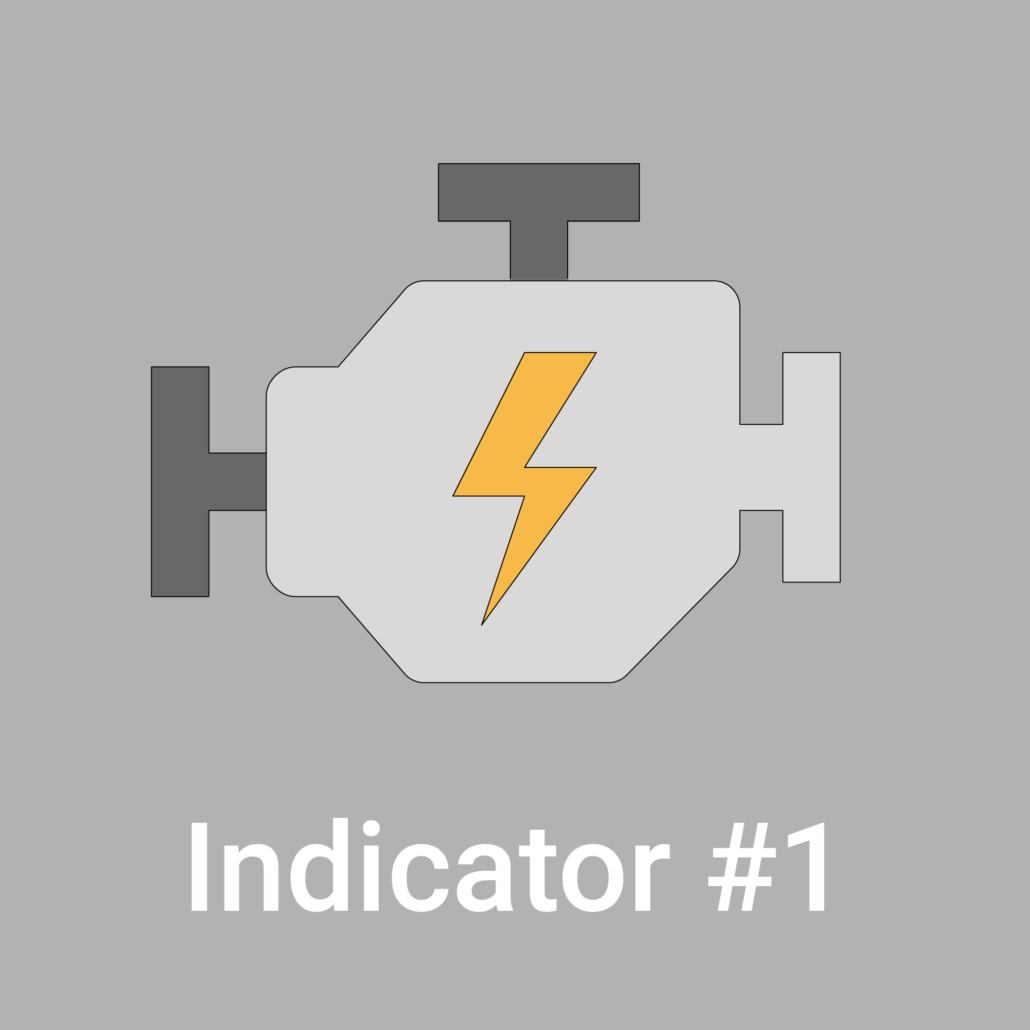
Maximum distance from port
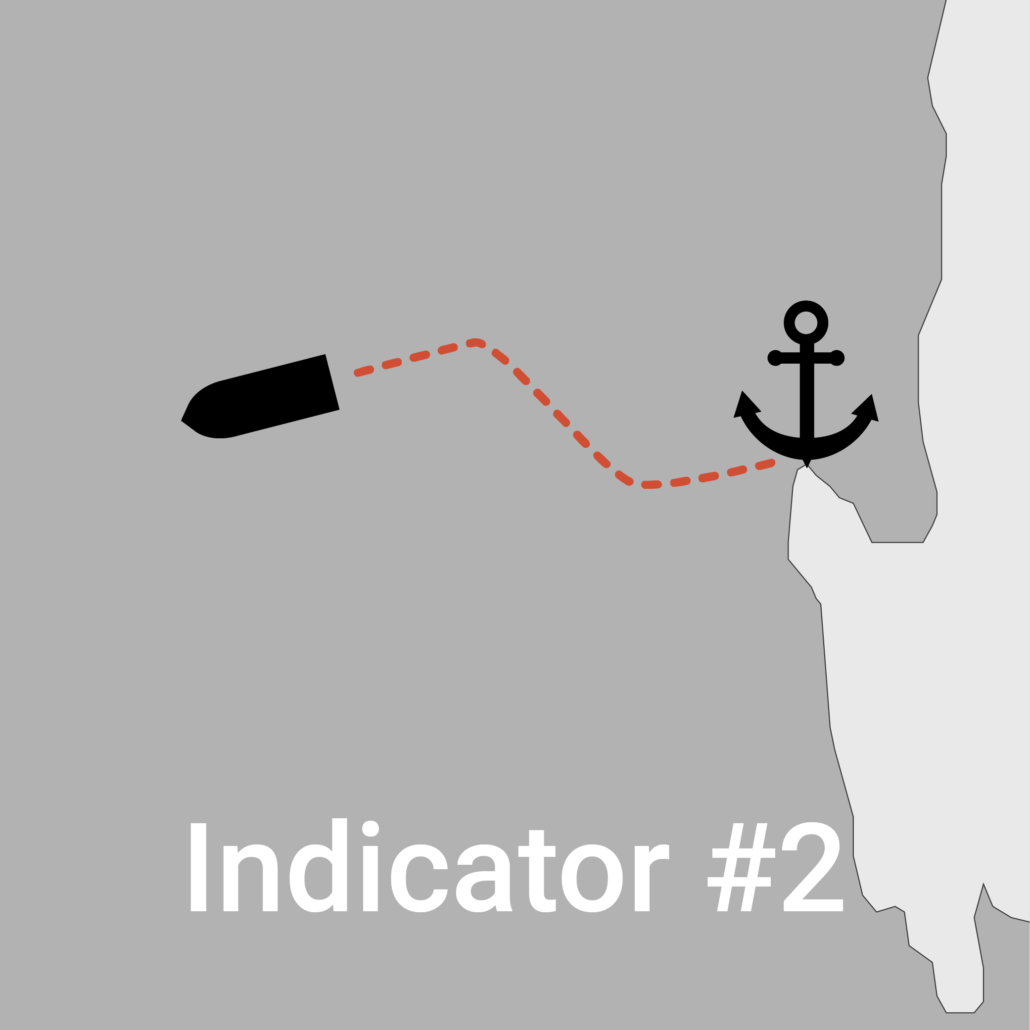
Number of voyages per year
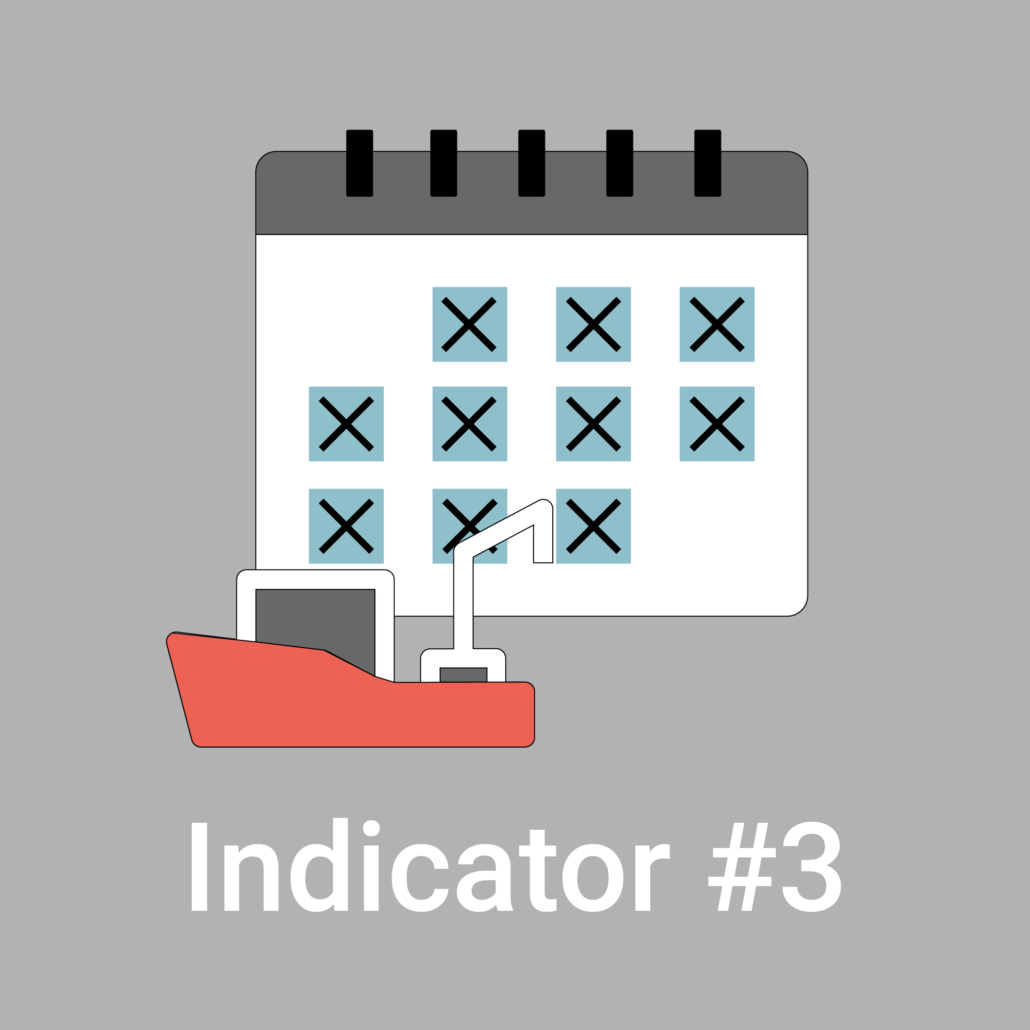
Average daily fishing hours
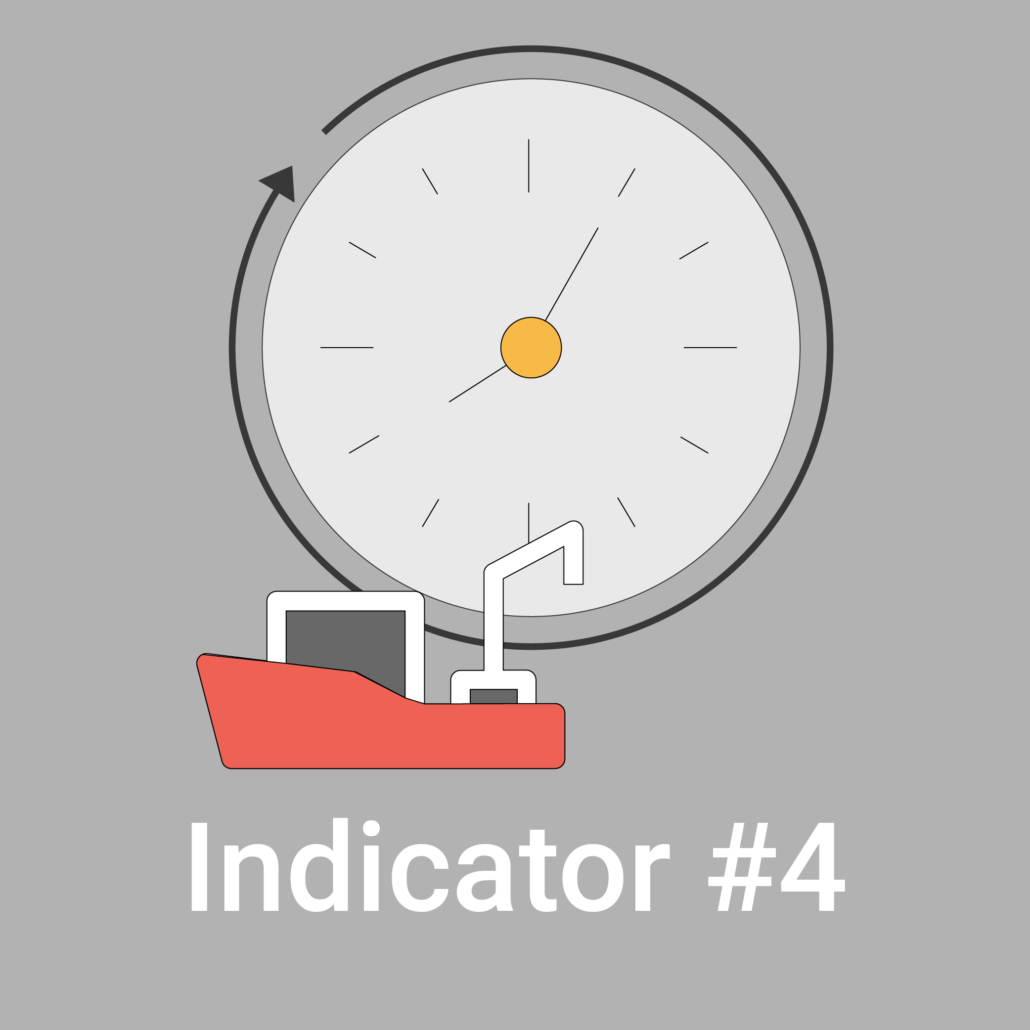
Total fishing hours in high seas
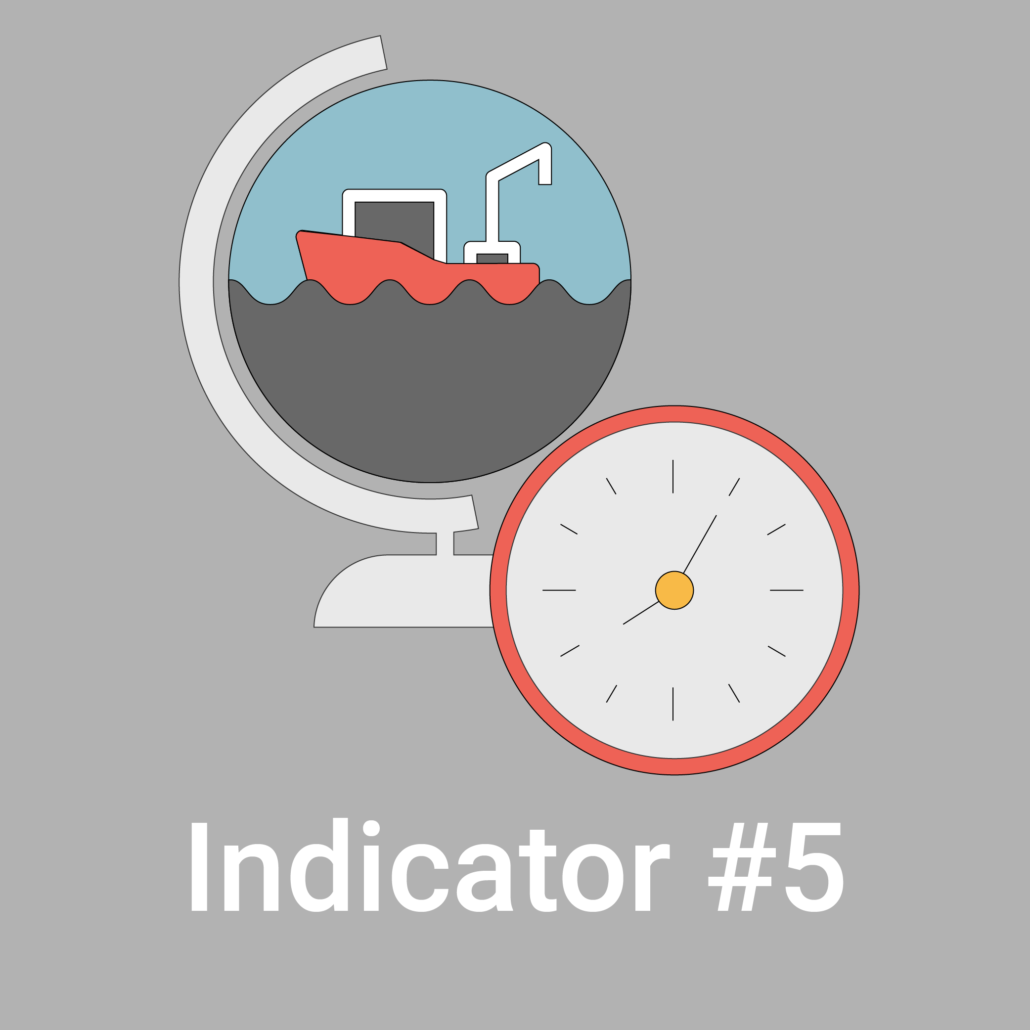
Exposing forced labor on fishing vessels
Our initial findings indicate that between 14 and 26 percent of the 16,000 fishing vessels included in the study were at high risk for forced labor during at least one year from 2012-2018. This means as many as 100,000 individuals may have been victims of forced labor.
The vessels we analyzed included longliner boats that trail a line with baited hooks; squid jiggers that lure their catch to the surface at night using bright lights; and trawlers that pull fishing nets through the water behind them. Squid jiggers had the highest percentage of high-risk vessels, followed closely by longliner fishing vessels and then, to a lesser extent, trawlers.
Another key finding from our model showed that forced labor violations are occurring in all major ocean basins, both on the high seas and within national jurisdictions. The pervasiveness of this problem requires a multifaceted approach to dismantle it. State action is imperative, but effective interventions should be accompanied by due diligence in the seafood sector via improved supply chain assessments, and our model can help do this.
We’re currently taking the vessel risk scores from this analysis and applying them to determine forced labor risk scores of specific fisheries and seafood products. This information can be used to complement existing environmental sustainability information for more robust social responsibility to better inform market interventions like eco-labeling. Ultimately, we hope this will drive not only a reduction in forced labor, but an improvement in overall working conditions.
However, more work is needed to refine and validate this model. What we have now is a proof-of-concept. With more substantial data and improved accuracy, this model could eventually be used to liberate victims of forced labor in fisheries, improve working conditions, and help prevent human rights abuses in the future.
Turning data into action
One way we envision the results of this study being used is by enforcement bodies responsible for conducting targeted inspections in ports. Our findings revealed that high-risk vessels frequented ports across 79 countries in 2018, with the ports predominantly located in Africa, Asia, and South America, although exceptions included Canada, the United States, New Zealand, and several European countries. These ports represent both potential sources of exploited labor as well as transfer points for seafood caught using forced labor. With further development of our model, this information could be used by local authorities to strategically deploy limited enforcement resources to high-risk vessels in these ports.
We’re now working with GFW to identify partners across governments, enforcement agencies, and labor groups that can use our results to more effectively target vessel inspections. The results of such inspections should be shared publicly, feeding into the model and adaptively improving its accuracy. Data transparency and information sharing is critical to improving the effectiveness of this model and others. We encourage the continued and expanded use of vessel monitoring systems, the publication of vessel identity and registration information, and we advocate for making all of these data publicly available.
Looking ahead
Environmental conditions are inextricably tied to human health and well-being, and this project helped reinforce this concept by establishing a clear link between natural resource exploitation and human rights abuses. It forced us to broaden the scope of the type or research we traditionally pursue, and we’re glad that we did.
As a final thought, we want to emphasize that solutions to such a complex and serious problem cannot exist in a vacuum. Vessel-level interventions like those we proposed are important, but they must complement additional actions that dismantle underlying mechanisms driving forced labor in fisheries. Promoting ethical worker recruitment practices, protecting migrant workers’ rights, reducing harmful fisheries subsidies, and rebuilding fish stocks are all ways to help prevent violations from occurring in the first place. Investigative journalism, enabling the empowerment and agency of laborers at sea, and on-the-ground interventions aimed at victim assistance are all critically important for increasing transparency and improving working conditions on vessels.
With strategic collaborations, data transparency, and the right tools in place, we look forward to a future in which vessels are operated by gainfully employed fishers under good working conditions in thriving wild fisheries.
Gavin McDonald is a senior project researcher at the University at California Santa Barbara.
